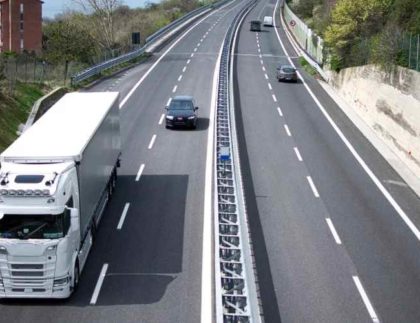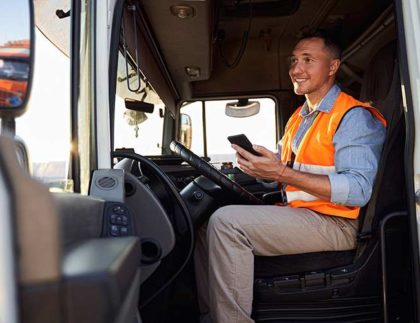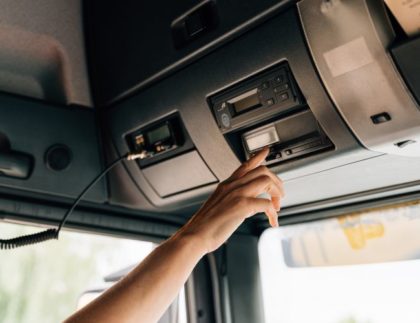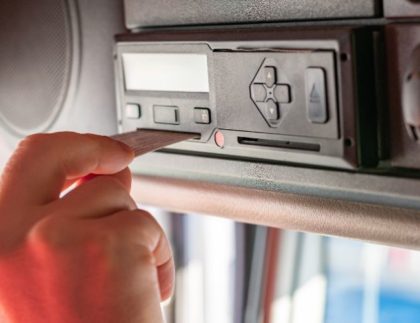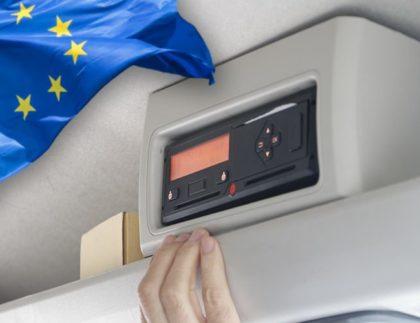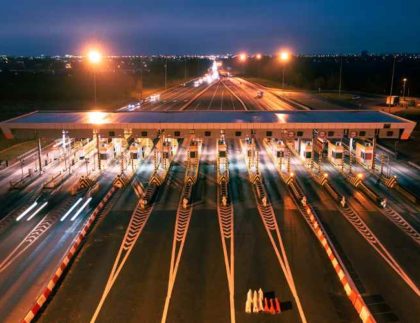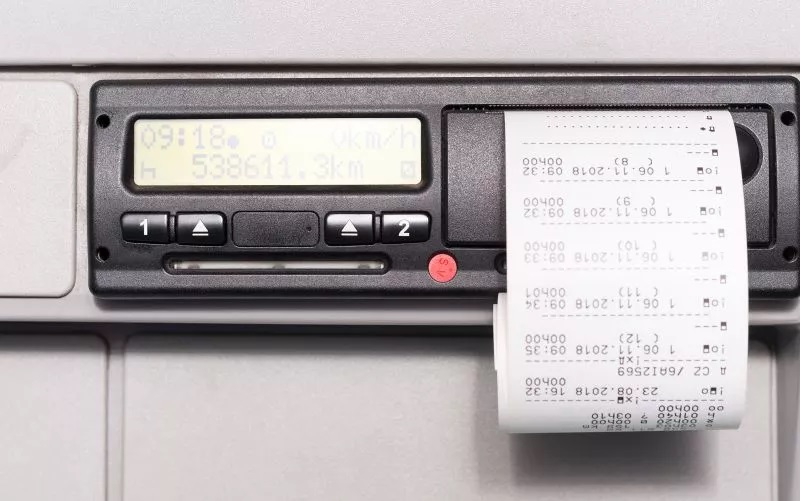

The TFL industry is subject to numerous requirements that are to increase traffic safety and improve service quality. Principles that govern the recording of a driver’s working time are a good example. In order to accurately monitor this process and ensure legal compliance, tachographs are installed in vehicles used for executing transport orders.
A tachograph is an electronic device that records and stores working time information. It also measures the distance covered by a vehicle and other travel-related parameters. For the tachograph to perform its functions properly, regular calibrations are required. The calibration process involves checking and adjusting the device’s parameters to ensure proper measurements precision.
This article will focus on discussing the details related to tachograph calibration and review the mandatory deadlines. We will also discuss potential penalties for failing to calibrate a tachograph and present practical tips regarding the essential procedures.
What is tachograph calibration?
Tachograph calibration is the comprehensive process that ensures the device’s correct functioning. It involves not only a functional inspection, but also adjusting to the individual vehicles’ specifications. According to the Commission Implementing Regulation (EU) 2017/799, calibration includes such parameters as VIN number, vehicle registration number (VRN), current UTC time (Coordinated Universal Time), as well as the code of country of registration, speed-limiting device setting, tire size and current odometer value.
Why is tachograph calibration important?
Correct calibration guarantees that a tachograph records and displays required data according to the provisions of law. Without proper calibration, the tachograph may display incorrect information, resulting in incorrect working time monitoring. Thus, tachograph calibration is important both because of legal requirements, as well as for safety and data integrity.
Tachograph calibration deadlines and procedures
What are the deadlines for tachograph calibration? According to the tachograph regulations (the above-mentioned Commission Regulation (EU) 2017/799 and the AETR agreement), calibration must be performed every two years as a standard. There are, however, circumstances where it should be performed earlier – for example if the device is damaged or fails. Calibration should also be carried out immediately following the removal of safety seals. In such cases, regardless of the time that has elapsed, the tachograph should be inspected for functionality and adjusted. Proper marking on the measurement nameplate, which is usually placed on the door frame, are an important matter related to tachograph calibration procedures. It contains information such as the certification validity date.
What are the potential penalties for failing to calibrate a tachograph?
It is an obvious fact that the consequences of failing to calibrate a tachograph may be borne by the owner of a transportation company, however, they may not be the only one to be held liable for this. A fine or a ticket may also be imposed on a driver and the person responsible for managing the company’s fleet.
How to avoid the penalty for failing to calibrate a tachograph?
Implementing appropriate procedures, ensuring efficient monitoring of the tachograph calibration deadlines, is most important. More and more often companies decide to no longer rely only on the drivers in this matter. Modern technology solutions offer a number of options for automation and facilitating the monitoring of calibration deadlines. Harnessing IT systems to notify about an approaching deadline in advance may provide invaluable help. This will allow to plan a service visit in advance and eliminate risks of delays and potential penalties.
Frequently asked questions regarding tachograph calibration
These are the frequently asked questions regarding tachograph calibration:
How long does a tachograph calibration take?
Usually tachograph calibration takes one to two hours. During that time, a specialist performs a number of procedures to adjust the device and confirm its precise operation. The process involves testing various functions, such as recording working time, speed, distance, as well as calibrating the sensors.
What is the difference between digital and analog tachograph calibration?
Analog tachograph calibration is performed on a measurement station and is focused on configuring the individual mechanisms and components, as well as comparing the measured data with the tachograph chart. In the case of a digital tachograph calibration, it is not necessary to remove the device and the procedure focuses on adjusting the software to ensure precise data recording. Regardless of the device type, calibration is meant to ensure precise recording of working time and other mandatory trip parameters.
When should a digital tachograph be calibrated for the first time?
As per the applicable provisions of law regarding tachographs, the first digital tachograph calibration must be performed up to two weeks from vehicle registration.
Is tachograph calibration necessary after replacing tires?
Yes, replacing tires in vehicles used for carrying out transport orders involves the duty to perform tachograph calibration.


